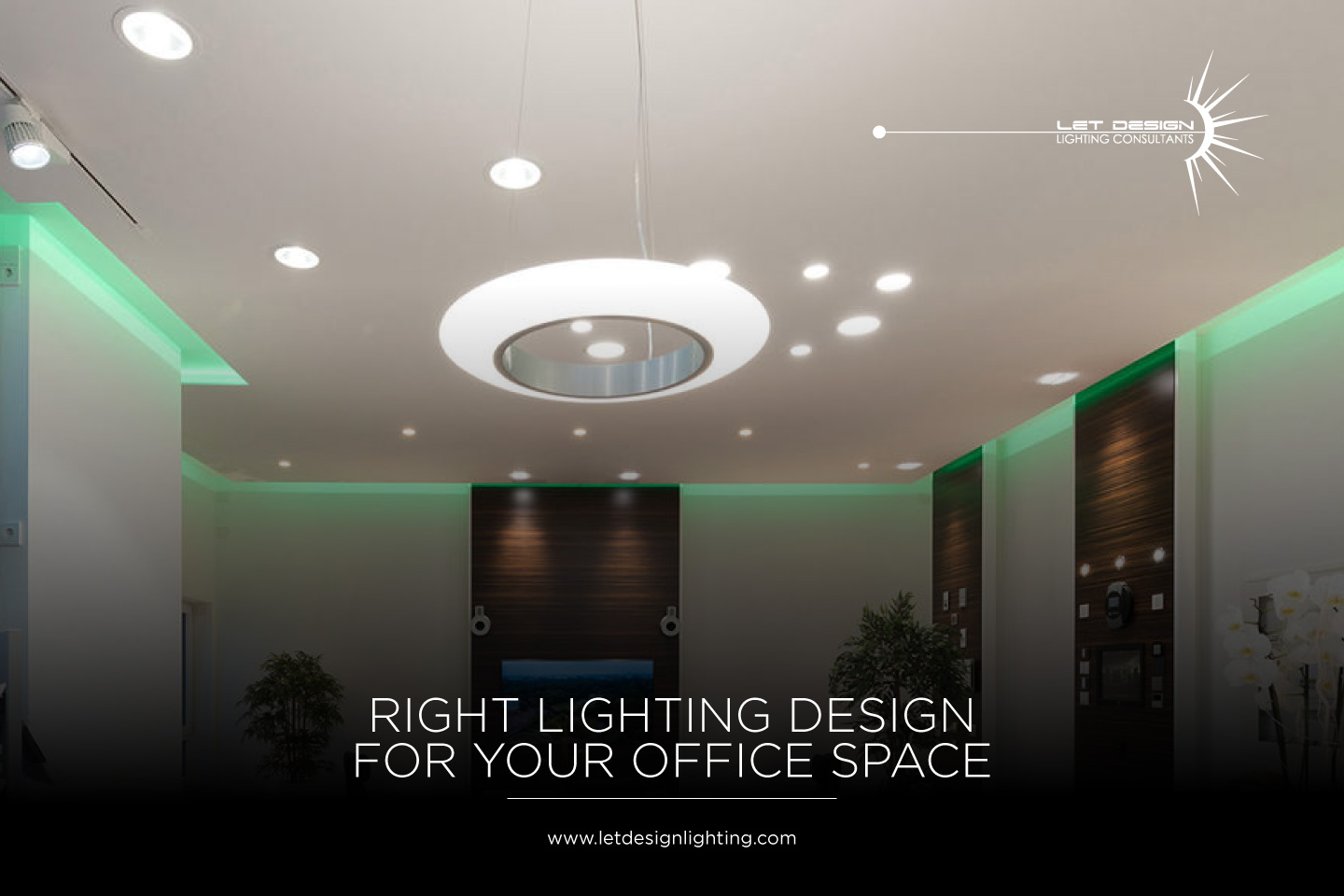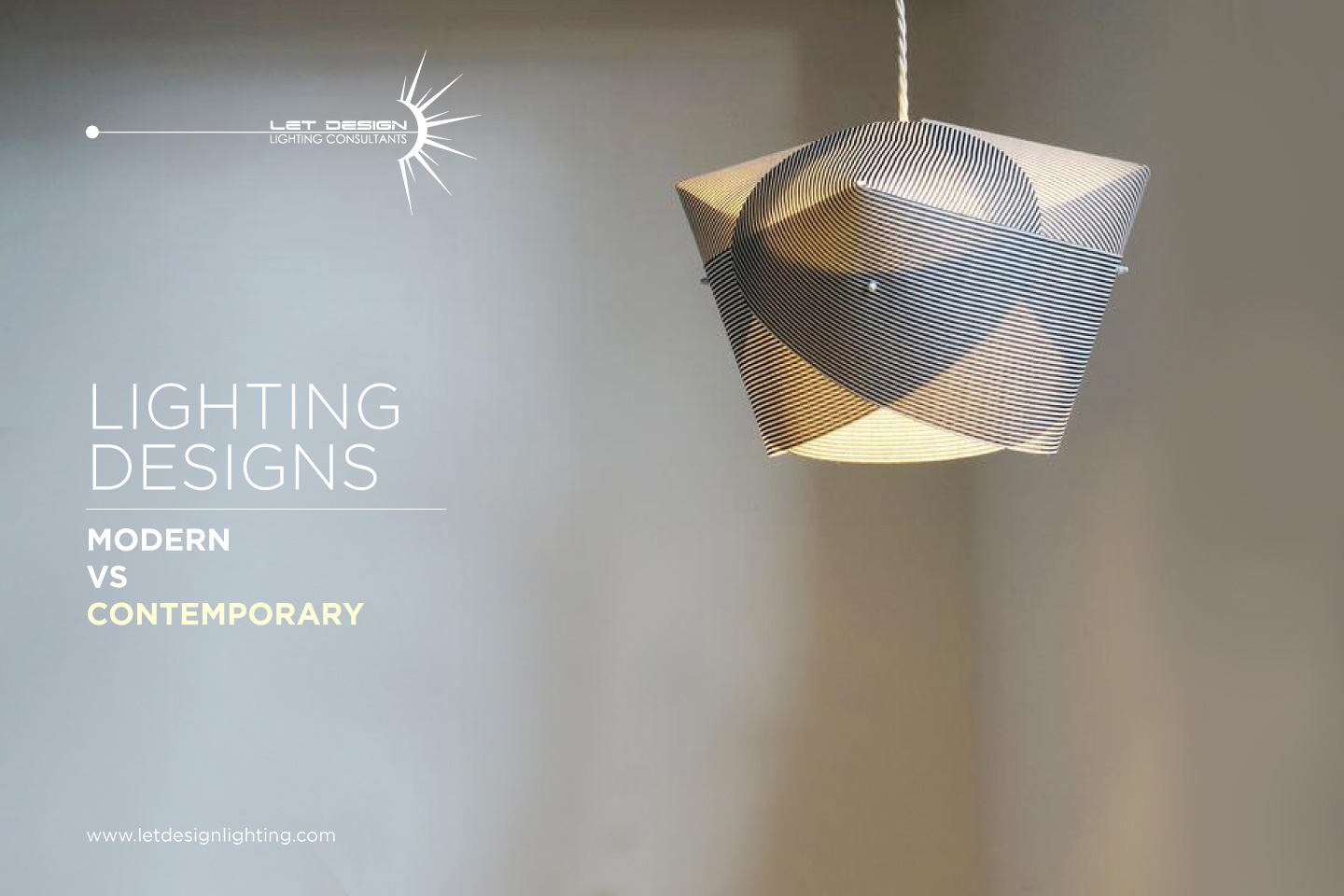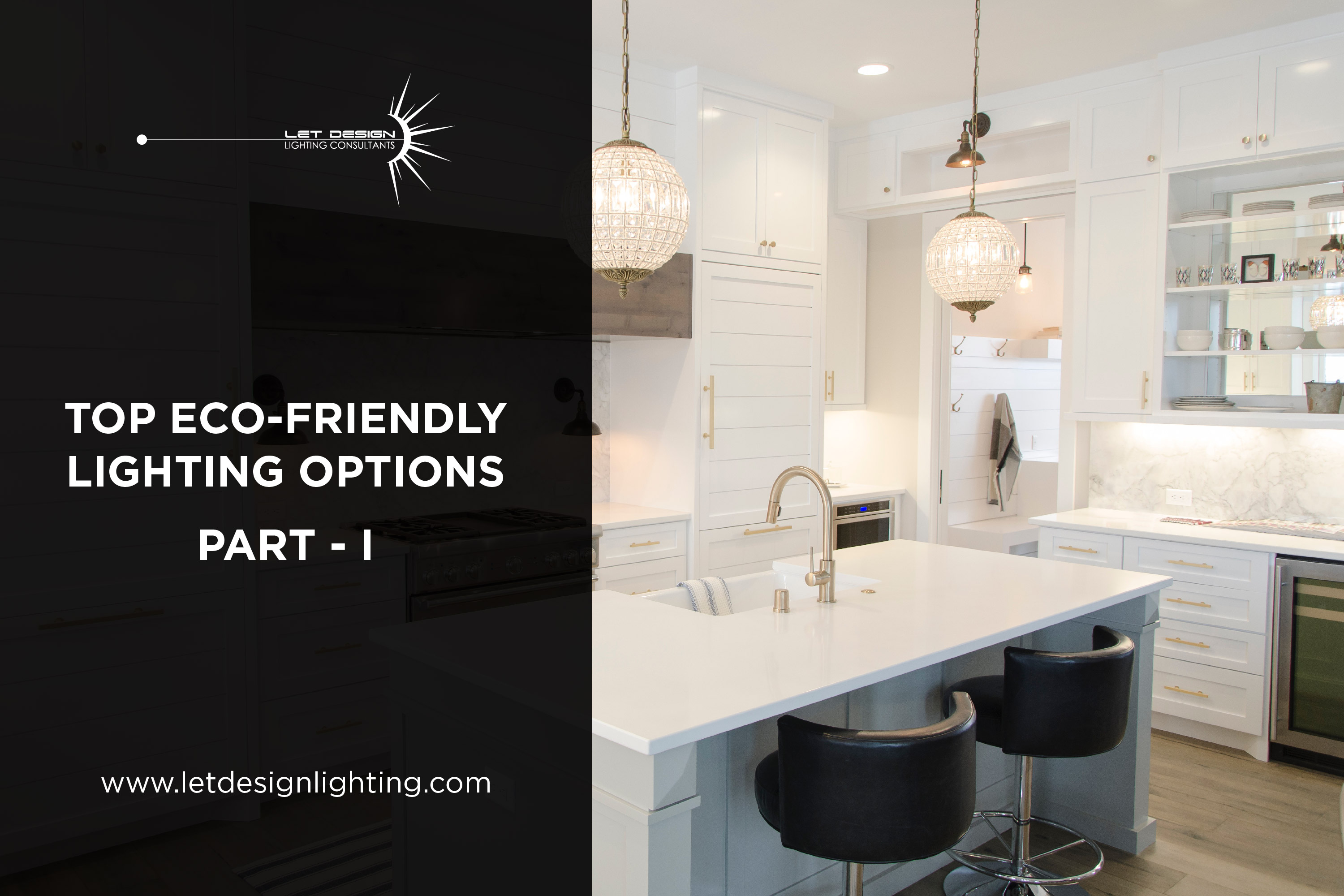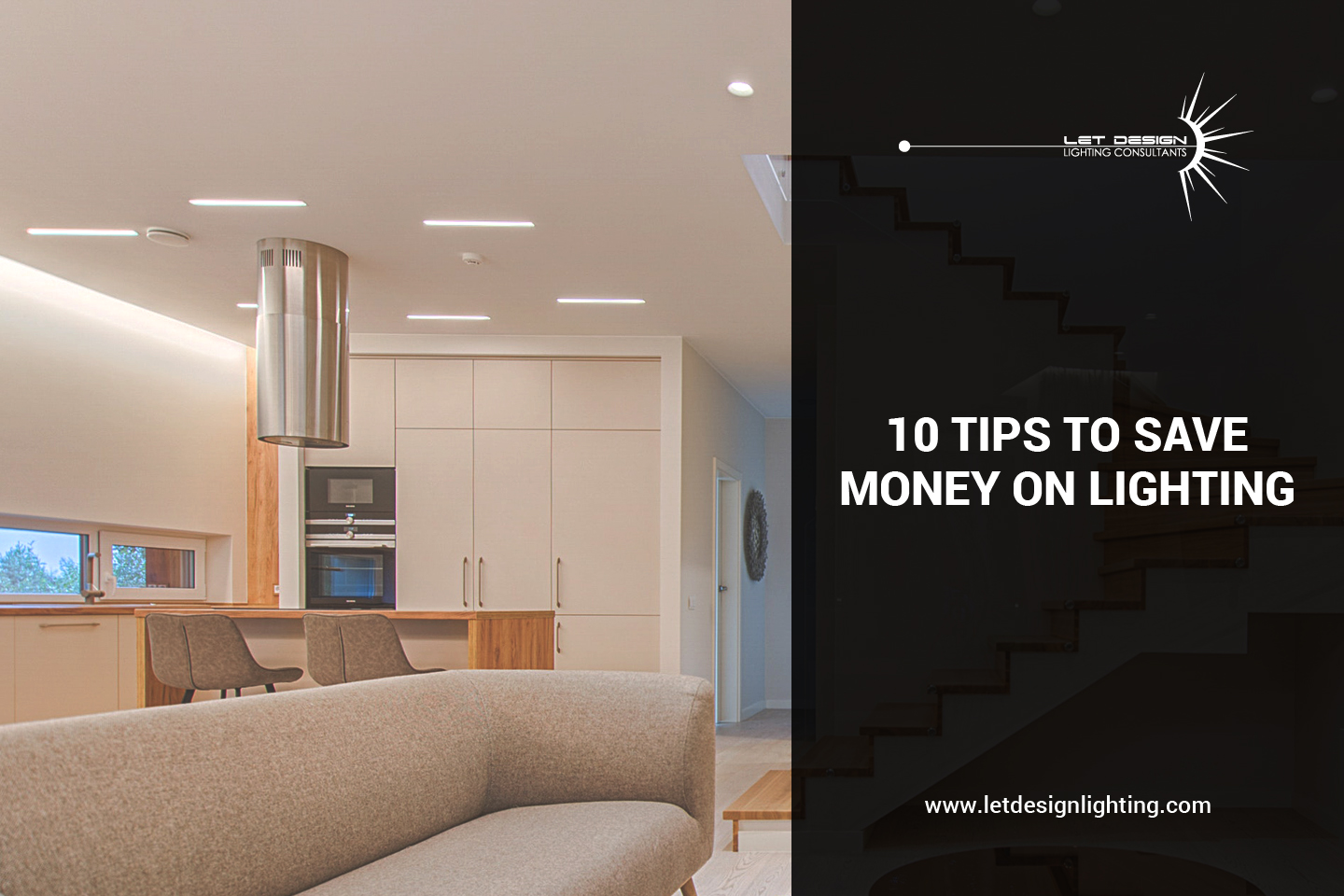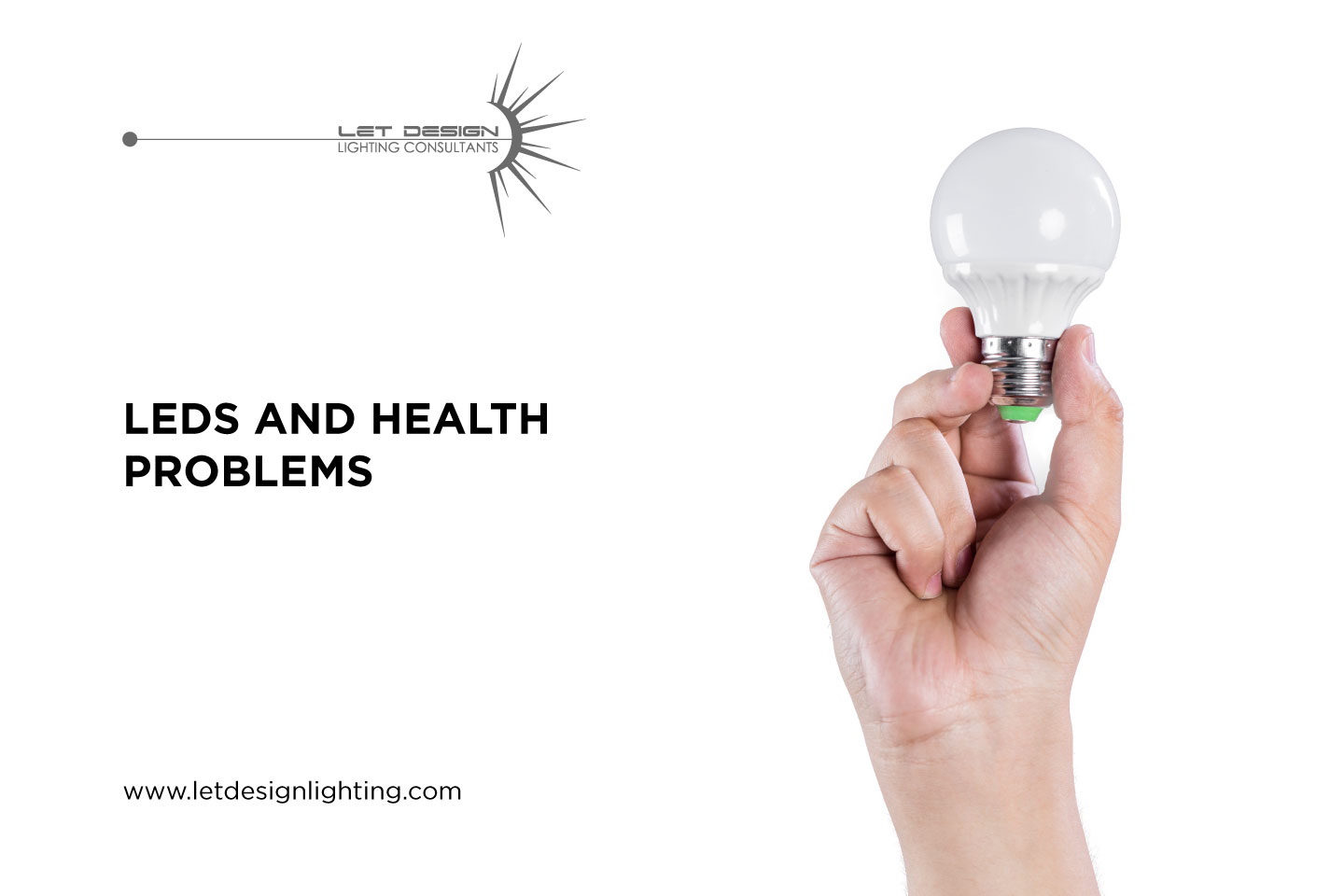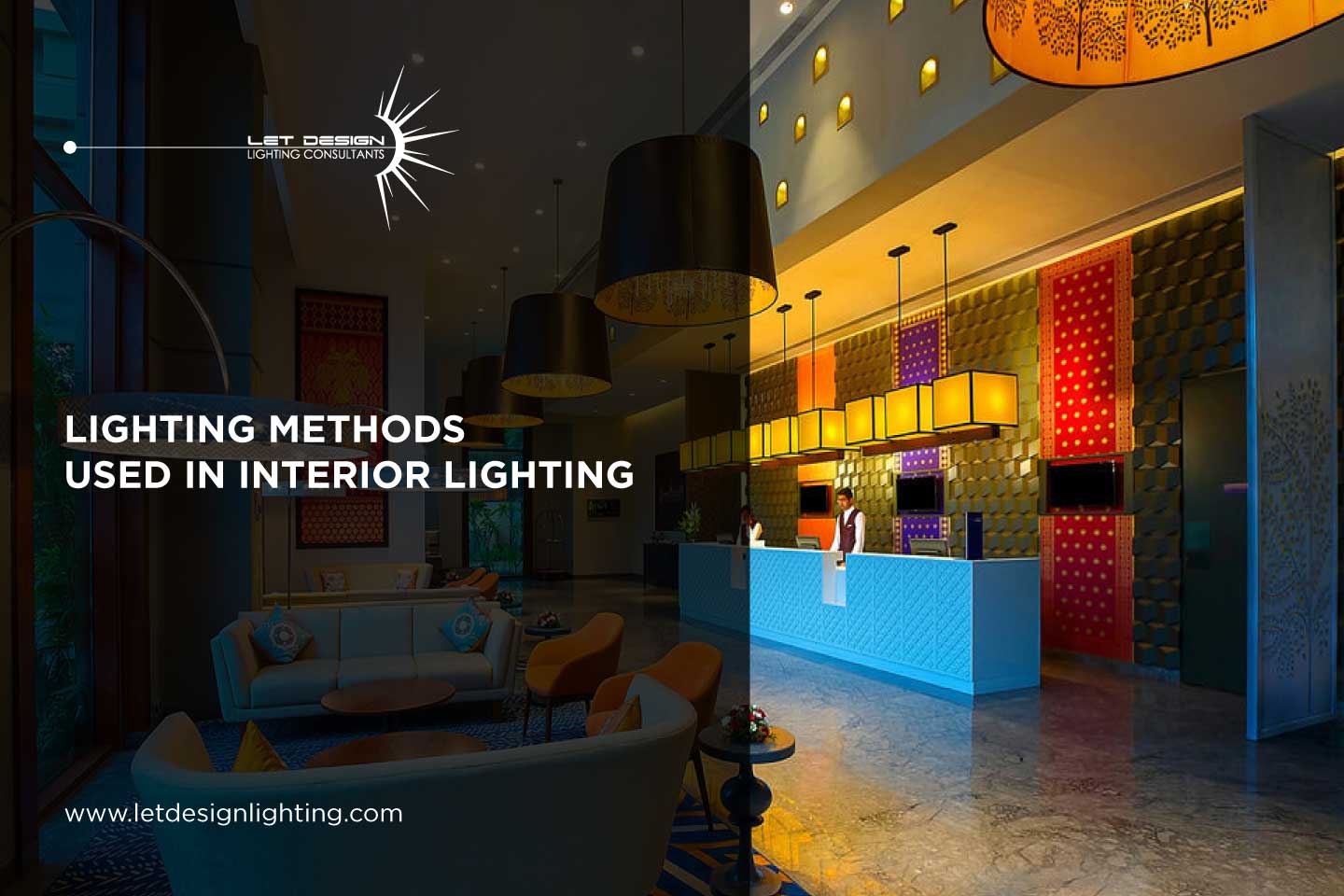
We all know that Light is the primary component that makes or breaks the ambiance of our room. Appropriate lighting will transform a room into a seamless combination of functionality and style. Proper lighting can be done with the help of an experienced lighting designer.
In this article, we have listed out diverse kinds of lighting methods used in buildings. This article will be helpful for those who want to use lighting to enhance the decor of their space.
Lighting methods are classified according to lighting focus or direction and fixture arrangement.
In the lighting focus method, an apparatus is used to focus lights in a room. Based on the quantity of light waves fall over the work surface, lighting focus methods are classified into 5 types. They are
1.Direct: In this type of system about 90 to 100 percent of light from luminaries fall over the work surface. This is the most commonly used lighting system
2.Semi-direct: In semi direct lighting system. 60 to 90 percent of the fall over to work surface, the remaining light waves get reflected towards ceilings and upper portions of the wall.
3.General: Here light rays are splits into 2 parts and 50 % of light rays fall over the workspace while remaining 50%get reflected towards ceilings and other parts of the wall.
4.Semi-Indirect Lighting: In this type of system, around 60 to 90 percent of light rays get reflected towards the ceiling. For proper semi-indirect lighting, we have to maintain highly reflective ceilings and rooms.
5.Indirect Lighting: In an indirect lighting system, 90 to 100 percent of the light rays move upward and reflects off the ceiling. The light formed due to indirect lighting is highly diffused, evenly distributed light. Indirect lighting limits veiling reflections, shadows, and direct glare.
Similarly, based upon the lighting fixture arrangement, lighting methods can be again classified into two. They are
Uniform lighting fixture Arrangement and Non-uniform Lighting fixture Arrangement
Uniform Lighting fixture Arrangement
As the name demonstrates this arrangement is used to provide a uniform level of illumination throughout the space, independently of other lighting sources. This is the most commonly used Lighting technique. An expert Lighting designer will use both natural light and substitutes for common lights to create indoor ambient lighting.
In uniform lighting, arrangement fixtures are normally placed at maximum height with uniform spacing between them. These installations will make uniform light, which is ideal for places like workstations, communal halls etc.
Non- uniform lighting fixtures.
Nonuniform lighting techniques are commonly used to highlights special areas that need more importance. In non-uniform lighting methods, fixtures are placed high or close to ceiling with irregular spacing between them. There are basically two types of non-uniform lighting fixtures. They are task lighting and accent lighting.
Tasking lighting is normally concentrated form of lights used in special task areas like workplaces, reading tables and so forth. They are meant to assist you in projects you need finer light. Task lighting stimulates your brain.
Accent Lights
Accent lighting is the concentrated form of light with the intention of drawing the eye to its focal point. It can be used to achieve a certain design effect. These forms of light are commonly used to illuminate the pieces you want on display. People use accent lighting for showcasing artworks, bookcase furniture and so forth.
We hope you have gained a fair idea about the different lighting
methods used for interior lighting.
To get better guidance, talk to our lighting designers and
let’s work together!
For any kind of assistance and services don’t hesitate to contact us on LET Design Lighting Consultants
Back to Blogs Page




